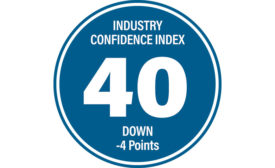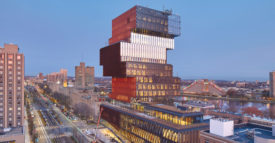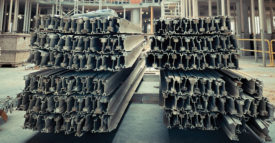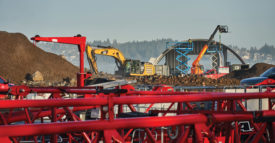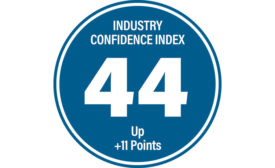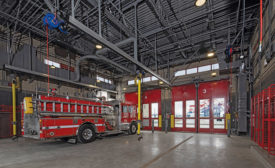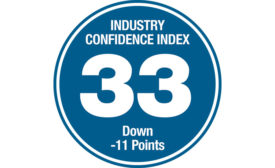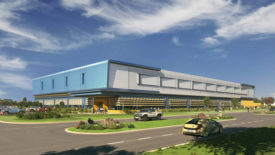Articles by Jonathan Keller
ENR 2023 Top Professional Services Firms: Complex Challenges Are Stacking Up
Revenue rises as owners use more third-party services, but firms say staying competitive and profitable is a big balancing act.
Read More
ENR's 2023 Top 400 Contractors: Uncertainty Looms Over Market
Contractor revenue grows despite rising costs as firms say owner confidence waning in an increasingly cloudy market.
Read More
4Q Cost Report: Executive Confidence Falls as Recession Nears
Construction sector foresees a difficult market in the first half of 2023
Read More
The latest news and information
#1 Source for Construction News, Data, Rankings, Analysis, and Commentary
JOIN ENR UNLIMITEDCopyright ©2024. All Rights Reserved BNP Media.
Design, CMS, Hosting & Web Development :: ePublishing




